I know, I know, I said the last outfit I posted would be around for a while. Work continues apace on updating and redoing my visual catalogue, and when I took out this Taisho-era beauty I love so much, I realised I’d never coordinated her with this vintage orange hakata obi and that seemed like a crime. They feel like they were made for each other. But then again, I think hakata goes with everything. When I first got it, I paired it with an orange obi and while I loved the colour contrast, the obi was a metallic, Showa-era blingfest that felt incongruous with the soft vintage feel of the kimono. Springy green accessories were the perfect finishing touch, including a brand new obiage I’ve never used before.
If you’re a regular reader, you know that for whatever reason I’ve always had bad luck with tying obi in tsunodashi musubi but I was really in the groove after putting this outfit together and I figured I’d give it another shot. I’m really glad I did, because it worked out perfectly. The ohashori is quite puffy-looking, which is unfortunate, but sometimes it’s inevitable due to the shape of the mannequin.
Now this is definitely an outfit I’m happy to leave on the mannequin until I’m finished everything else I have in the works.
Items used in this coordination
- Taisho Indigo Floral
- Momiji side 2
- Mixed Cotton
- Pale Green Rinzu with Embroidery
- Saga-nishiki with Green


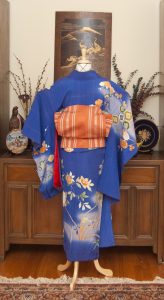
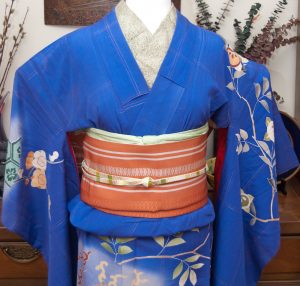
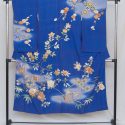
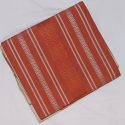
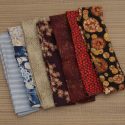
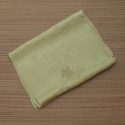
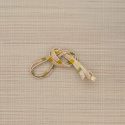
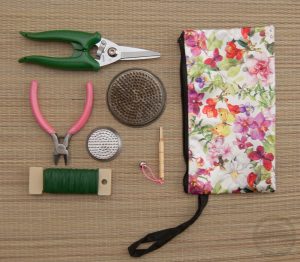

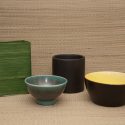
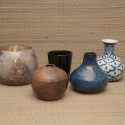
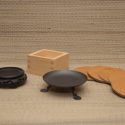
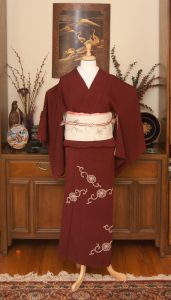

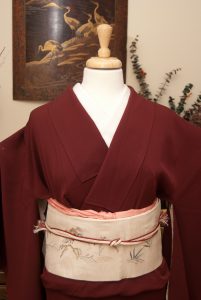
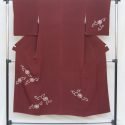
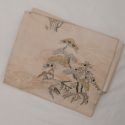

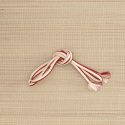

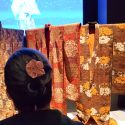
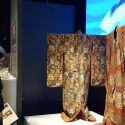
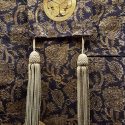

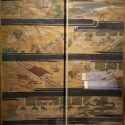

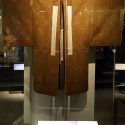
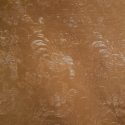
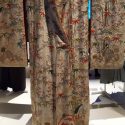

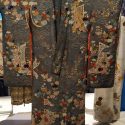
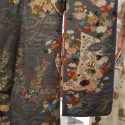
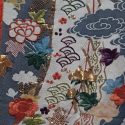

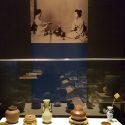
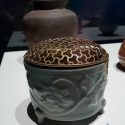
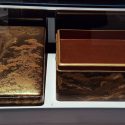
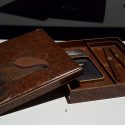
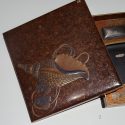

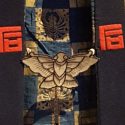
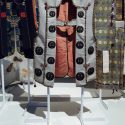
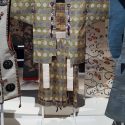

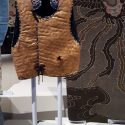
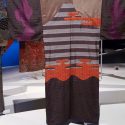
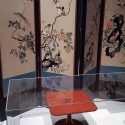
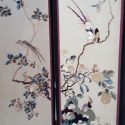
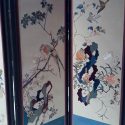


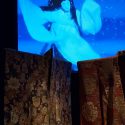
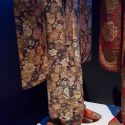

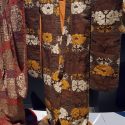
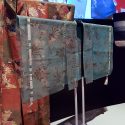

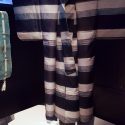
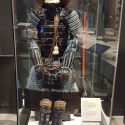
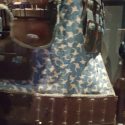
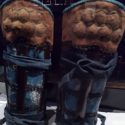











 Bebe Taian
Bebe Taian CHOKO Blog
CHOKO Blog Gion Kobu
Gion Kobu